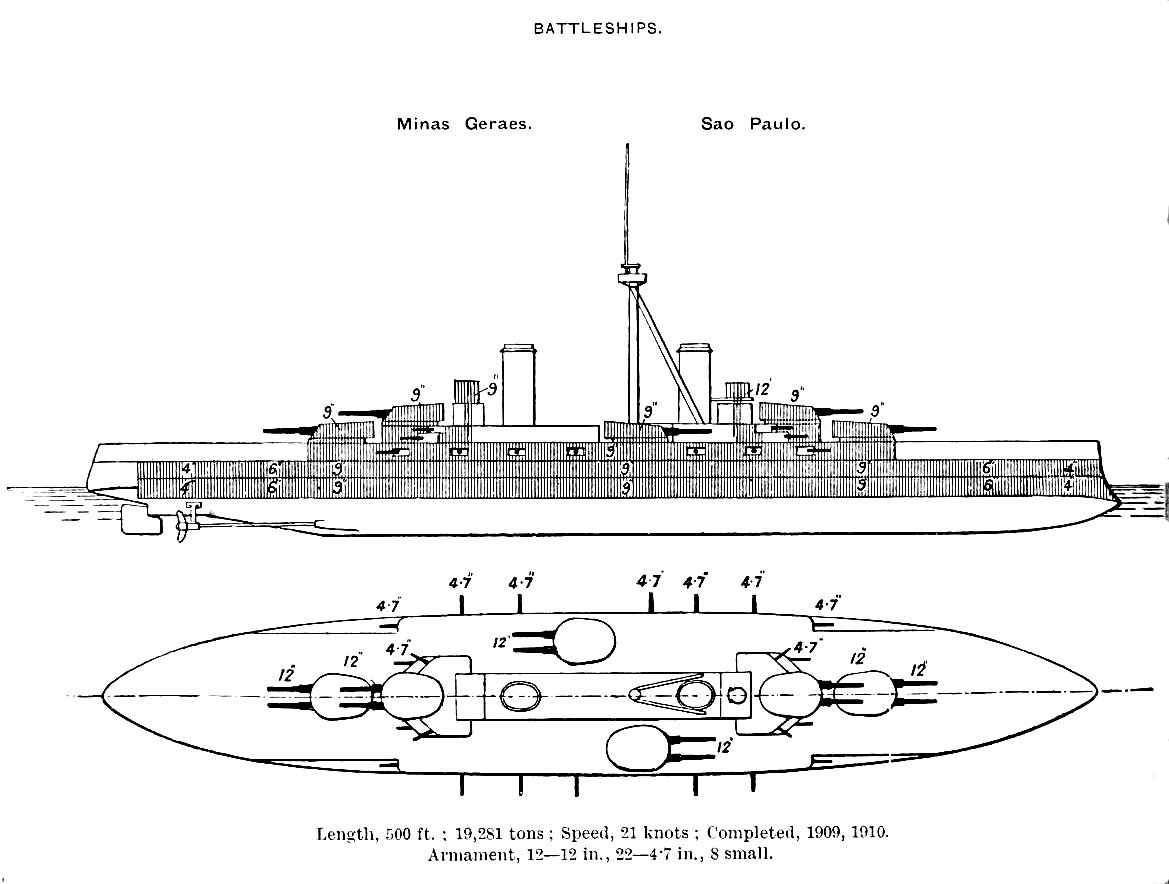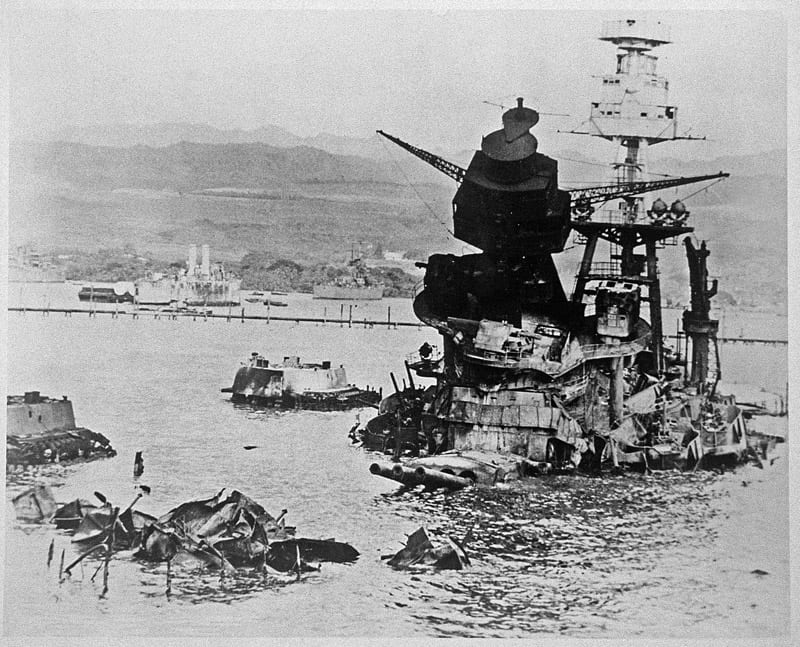The Dutch and the Germans were quite close. The Dutch bought German machinery for their ships pre WW1. They had 4 torpedo boats building at Vulcan in 1914. The design for the Java class CL was by Germaniawerft. They were benvolently neutral towards the German Pacific Fleet by passing on messages and when the war was over they gave the Kaiser asylum and wouldn't give him up. The Germans also hid their submarine design work in the Dutch company IvS (Ingenieurskantoor voor Scheepsbouw) after the war.
The favored pre-WW1 battleship design appears to be either the Blohm & Voss design at 26 000 tons and 8 350mm in twin turrets and possibly 23 knots speed or a similar Germaniawerft one. The Germaniawerft design is more likely as there as already a close working relationship with the Dutch navy. These ships are basically flush deck diet-Badens. Vickers had given up on supplying their own armament and had adapted their design to take Krupps as preferred by the Dutch. Dutch yards didn't want the work because of the risks involved.
It was hoped to order in October 1914, lay down in Dec 1914 and deliver in early 1917. B&V guaranteed to deliver the first ship in 27 months and that Dutch yards could probably assist with the construction. Krupps also reserved the right to subcontract B&V and also deliver in 27 months. B&V were about to start building the Ersatz Victoria Louise (Mackensen) and the design for the Dutch probably included the same size guns (350 mm or 13.8") and turrets as the German ship. This will be the largest foreign sale of naval equipment to date (5 battleships) and will cause the British no end of worries with German yards having double the number of ships under construction in their yards than the normal HSF program making an impact on the balance of fleets over the next few years had WW1 not broken out.
The favored pre-WW1 battleship design appears to be either the Blohm & Voss design at 26 000 tons and 8 350mm in twin turrets and possibly 23 knots speed or a similar Germaniawerft one. The Germaniawerft design is more likely as there as already a close working relationship with the Dutch navy. These ships are basically flush deck diet-Badens. Vickers had given up on supplying their own armament and had adapted their design to take Krupps as preferred by the Dutch. Dutch yards didn't want the work because of the risks involved.
It was hoped to order in October 1914, lay down in Dec 1914 and deliver in early 1917. B&V guaranteed to deliver the first ship in 27 months and that Dutch yards could probably assist with the construction. Krupps also reserved the right to subcontract B&V and also deliver in 27 months. B&V were about to start building the Ersatz Victoria Louise (Mackensen) and the design for the Dutch probably included the same size guns (350 mm or 13.8") and turrets as the German ship. This will be the largest foreign sale of naval equipment to date (5 battleships) and will cause the British no end of worries with German yards having double the number of ships under construction in their yards than the normal HSF program making an impact on the balance of fleets over the next few years had WW1 not broken out.



